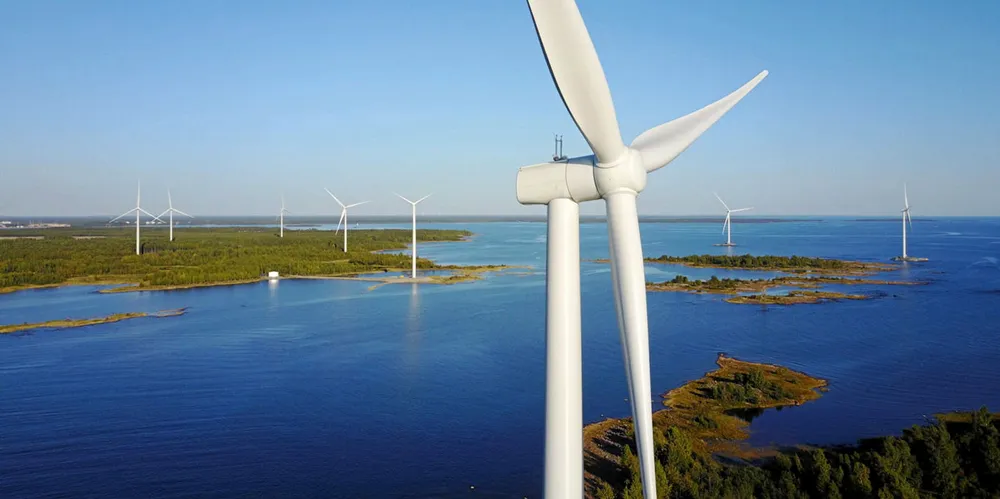'Regional green hub' | OX2 plans to link gigascale Finnish offshore wind to 3GW hydrogen output
Developer starts feasibility study on massive project to use huge turbine arrays off Åland archipelago for H2 and e-fuel production

Developer starts feasibility study on massive project to use huge turbine arrays off Åland archipelago for H2 and e-fuel production
